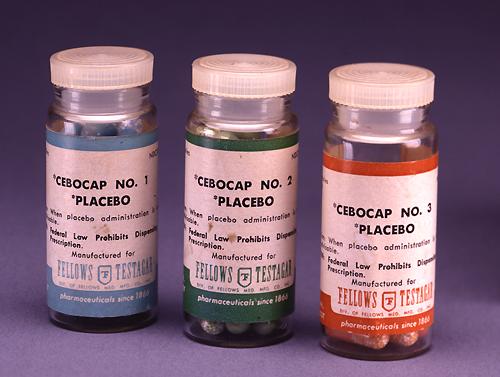When you visit your doctor, you might assume that the treatment they prescribe has solid evidence to back it up. But you’d be wrong. Only 1 in 10 medical treatments are supported by high-quality evidence, our latest research shows.
The analysis, published in the Journal of Clinical Epidemiology, included 154 Cochrane systematic reviews published between 2015 and 2019. Only 15 (9.9 percent) had high-quality evidence according to the gold-standard method for determining whether they provide high- or low-quality evidence.


